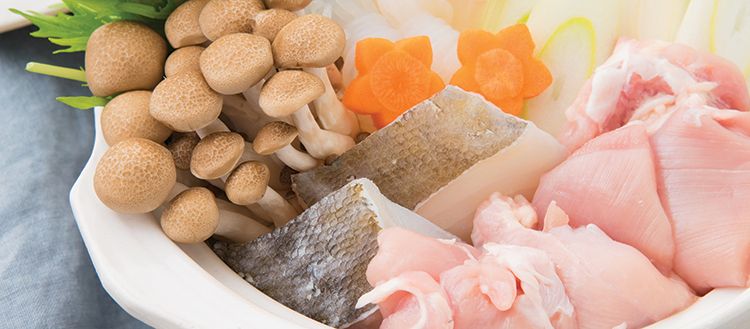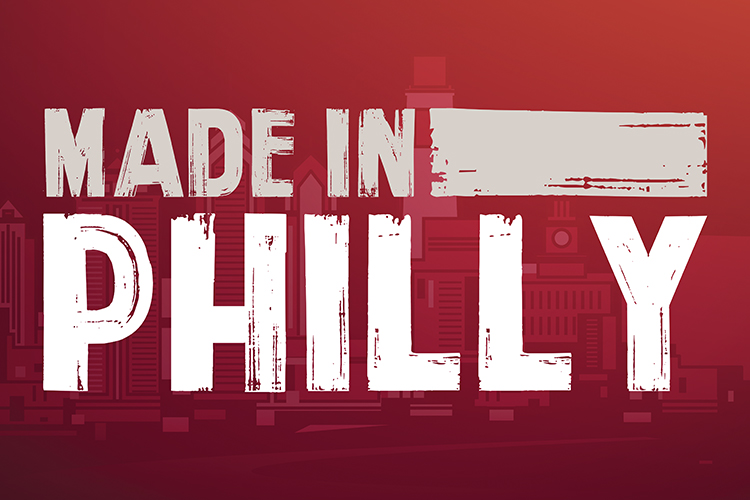 Story by Felicia D’Ambrosio | Photo by Albert Yee
Story by Felicia D’Ambrosio | Photo by Albert Yee
At the most fundamental level, food is inseparable from farmers. The richness of our seemingly boundless land beckoned settlers across the continent to build the homesteads, farms and ranches that became the cradle of the first American Dream, literally feeding the growth of a young nation. In 1935, the number of farms in America peaked at 6.8 million, just as the population topped 127 million citizens.
Today, there are just over 2.1 million farms that produce and sell at least $1,000 of agricultural products per year; less than 1 percent of the population claims farming as an occupation. According to the United States Department of Agriculture, 97 percent of farms are family-owned and -operated. Though that number is true, it’s also misleading with regard to where most of our food really comes from: Giant agribusinesses like Monsanto Co., Hormel Foods Corp., Tyson Foods Inc. and Archer-Daniels-Midland Co., among others, produce 66.6 percent of the domestic food brought to market. These largest farms, about 8 percent of that 2.1 million, receive 52 percent of federal farm subsidies. As the mean age of farmers rises (40 percent are 55 or older), the future of independently owned American farms—inextricably linked to the future of food—must be addressed.
“In the U.S. model of farming, the value of the farm is in the land,” says Marilyn Anthony, Southeast Regional Director of the Pennsylvania Association for Sustainable Agriculture (PASA). “Beginning farmers have the same two frustrations: no land and no money. A typical new business struggles for capital, but land is essential for farming, and so expensive. So, how can we get these farm entrepreneurs launched? … PASA has always defined sustainability starting with the proposition that you have to make a living.”
For those who didn’t grow up behind the wheel of a tractor, starting a viable business coaxing food from the land can seem as unattainable as a fairy tale. Like Cinderella, real-life start-up farmers found the magic only happened after the hard manual labor. But living the dream is getting more feasible by the season.
Consider Phil Smeltz, who blew all of his money roaming around Alaska just after graduating from Susquehanna University with a business degree in 2007. Feeling adrift, he returned to his father’s home in Lancaster County and answered a Craigslist help-wanted ad for a laborer on an organic farm.
“I was working alongside 14-year-old Amish kids,” says Smeltz. “I was the bottom of the totem pole—all these younger kids were doing the more skilled jobs, but I loved it. These kids showed me how to work. They worked harder than I’ve ever seen anybody work.”
One season into his tenure at Crawford Organics, Smeltz was joined by his friend Robert Todd, whose life was in a similar state of flux. Using Todd’s full-size cargo van, the two took over transporting and selling Crawford’s produce at the Bryn Mawr farmers market.
“I started understanding that farming was more than being on your hands and knees in the field,” says Smeltz.
“While Phil was working in the fields,” adds Todd, “I was helping out with a first-year CSA and got to see real-world distribution.”
In the first weeks of 2009, Smeltz proposed an idea to the farm’s owner, Jim Crawford: He would scale down to working for Crawford Organics part-time, and lease a half-acre of Crawford’s land—as well as resources like tractors and access to irrigation systems—for he and Todd to start their own business. Fortunately for Smeltz and Todd, not only did Crawford agree, but he was also leaving the Rittenhouse farmers market, making the newly minted Down to Earth Harvest the only certified organic grower at that “rising, vibrant market.”
Just a few weeks into selling at Rittenhouse Market last year, the Down to Earth partners met a woman searching for a farmer to cultivate the property she had inherited in Kennett Square. Down to Earth had found a home. With $20,000 invested and a three-year lease signed, the duo is “in a direct partnership with Mother Earth,” as Smeltz says, operating a small CSA for the 2011 season. “A farm is not a factory; it’s a man-managed microcosm of the natural earth. I work outside every day; I grow food. We’re trying to make a living at it, not get rich—but having a savings account and health insurance is important. How do you make a small, profitable farm from a very tight budget? It’s frustrating but fun… It was a personal destiny thing.”
TJ Costa and Christine Henwood Costa had been working their four-acre Turning Roots Farm part-time for two years while holding down other jobs. They simply needed more land to make the operation a viable full-time venture. For them, destiny came in the form of PASA’s Farming for the Future Land Access Program.
“The program,” explains Marilyn Anthony, “is meant to bring together landowners of many shapes and sizes—hospitals, institutions, land trusts and conservancies, businesses with large campuses—with people who want to start or grow their farming business, but don’t own land.”
The PASA pilot program is shifting into gear on the 450-acre (of which 250 are arable) property of Lundale Farm in Chester County. Lundale Farm, Inc. President Laura Morris Siena is supervising the transition of the property from conventional dairy and hay farm to organic farm.
“My parents bought Lundale in 1946 as a place to bring up us children, and went on to establish themselves as land preservationists,” says Siena. “My mother wants the farm to become a not-for-profit organization and be farmed organically. In Pennsylvania, there is lots of land under conservation easement—it can’t be built up or developed for McMansions, but a lot of it just sits there, looking very pretty but not feeding our local population.”
Lundale’s mission is trifold: Grow organic food, provide educational programming and serve as a model for other landowners transforming fallow acreage into productive land. “My oldest brother contacted PASA in 2008 for a study on how the farm could be transitioned from conventional to sustainable organic farm,” says Siena. “Expert farmers walked the place, and came to a consensus on how to proceed: Establish a multi-enterprise farmer community. Leasing land to individuals who could work together by sharing equipment, infrastructure and composting.”
Enter PASA and Turning Roots, the first of a planned five to six farms Lundale hopes to lease land to.
“We own the farm we live on—just about four acres,” says Christine Henwood Costa, “and are now renting five acres from Lundale with the hope we’ll grow into more. The space and relationship [facilitated by PASA] has allowed us to jump in full time.”
This is in keeping with that core definition of sustainability—that food producers must be able to make a living. In devising this program, PASA had taken the problem of farmers building equity without owning land to MBA students at Temple University’s Fox School of Business.
“They did their business analysis and came back with really exciting insights,” says Anthony. “Not only is leasing a way to build equity—it’s the best and fastest way. It’s a work in progress, but we are coming to rejuvenating farming from a different economic perspective.
“In the state of Pennsylvania, 600,000 acres of land have been preserved,” says Anthony. “Not all of that is suitable for farming, but if even 1 percent of it was farmed—if we can forge these relationships between owners and farmers—it unlocks tremendous economic power. The minimum annual yield of intensive vegetable growing on one acre is $8,000 and can scale up to $20,000.”
“I always thought farming would be cool,” muses Henwood Costa. “But I didn’t know anything you needed [to know] to grow food. PASA made it possible to start learning. The ‘Yes, you can’ attitude, workshops and learning from people in the field… it’s risky to do it full time, but their support makes it feel possible.”
For more on PASA’s Farming for the Future program, visit pasafarming.org.



